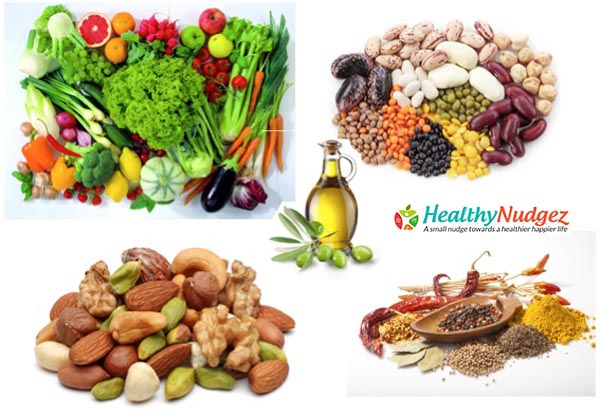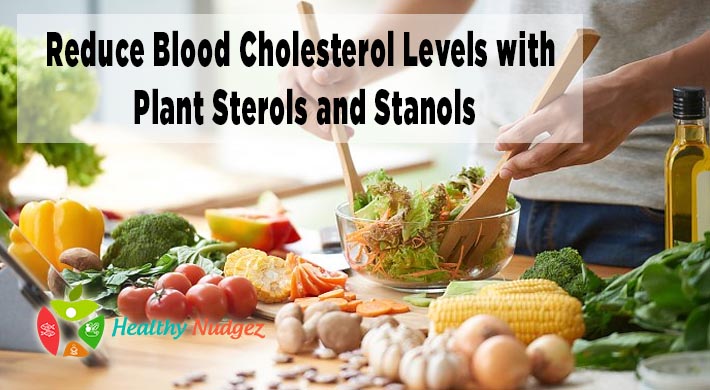Understanding Cholesterol Part II
Reduce Blood Cholesterol Levels with Plant Sterols and Stanols
From my article “Understanding Cholesterol Part I”, it is clear that following a diet high in fibres and low in total and saturated fats, helps to lower the blood cholesterol levels and keeps the heart and the arteries healthy. But it is also important to know that there are some natural ingredients in plants which may be beneficial if included in diet, especially by people who are at risk of heart disease due to raised blood cholesterol levels. These ingredients are called plant sterols and stanols and these help to lower LDL or “bad cholesterol” and thus reduce the risk of heart disease.
What are Plant Sterols and Stanols and how they help to reduce cholesterol?
Plant sterols and stanols, together known as phytosterols occur in plants (plant cell membrane) and are similar to cholesterol in their chemical structure.
Phytosterols work by competing with cholesterol for absorption in the digestive system. So, phytosterols displace cholesterol at the time of absorption and thus the body eliminates cholesterol rather than absorbing it. Consuming phytosterols, as a part of the heart healthy diet, in recommended quantities has been illustrated to lower total cholesterol by up to 10 percent and LDL cholesterol by up to 14 percent.
The recommended doses of phytosterol per day is 2 gm per day for people suffering from increased cholesterol. Also, it has been shown that consuming any foods containing a minimum of 0.65 gm of phytosterol twice daily with meals or up to a total of 1.3 gm with a heart healthy diet may reduce the risk of heart disease.
However, it is difficult to consume 2 gm of phytosterol daily from a typical diet, as most foods contain very small quantities of phytosterol. For example, many fruits and vegetables may contain up to 0.01 to 0.03 gm per serving.
 Sources of Plant Sterols and Stanols:
Sources of Plant Sterols and Stanols:
- Vegetable oils, as a group vegetable oils are the best sources of phytosterols. 1 serving (about 15 gm or 1 table spoon) of sesame, corn or canola oil has 92-118 mg (0.9-1.1 gm) of phytosterols. Whereas, 1 table spoon of olive oil has about 30 mg.
- Wheat germ, wheat bran and oats bran: Apart from having phytosterols these foods are also rich in fibre, so they are good for heart health otherwise also. These have about 0.2-0.4 gm per cup serving, while wheat germ oil has about 75 mg in 1 table spoon.
- Nuts and Legumes: Almonds, pistachios, walnuts, peanuts all contain about 0.3 -0.4 gm in one ounce (approx. 28 gm). In peas, kidney beans and broad beans about 0.2 gm is found in a one cup serving.
- Oil seeds: Sesame seeds have about 0.6 gm phytosterols in 1 table spoon, poppy seeds have 0.3 gm and sunflower seeds have approx. 0.34 gm of phytosterols.
- Fortified foods: In order to boost the intake of phytosterols, some foods are being fortified with phytosterols, such as, spreads, dairy products and ready-to-eat breakfast cereals. It is best to check labels while buying packaged foods.
In general vegetables contain higher amounts of phytosterols compared with fruits, although the amounts vary considerably.
Learn more about healthy food choices, diet and nutrition and also to manage weight, from us. For more information visit www.healthynudgez.com, for consultations call at 9650180098, 9810181098.

